700% Increased Carrying Capacity with Regenerative Grazing
- Jul 22, 2025
- 5 min read
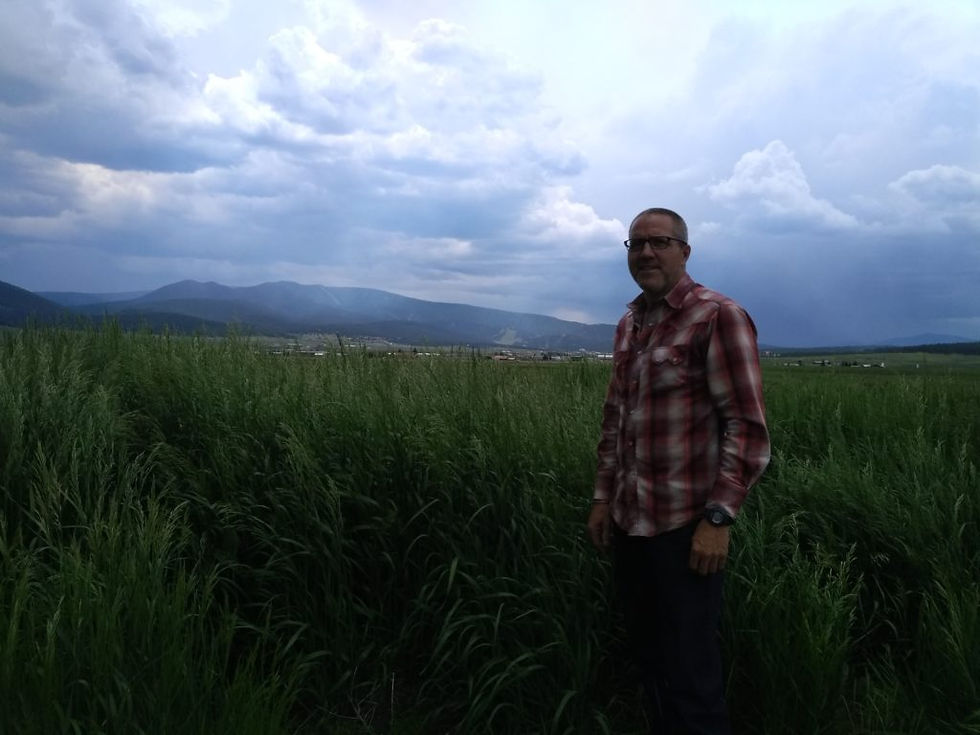
Who wouldn’t want to increase their carrying capacity by 700%? How much would that be worth to you. It has taken Shawn Howard of Angel Fire, New Mexico a little over 10 years to accomplish that feat, with the largest gains in productivity happening in the first 5 years through regenerative grazing.
Shawn owns the 230-acre Lazy M Ranch which technically has a growing season of mid-May to September. But given that grasses don’t really get to around six inches until mid- to late-June, Shawn assumes he really has about 3.5 months of growing and has grazed as late as December.
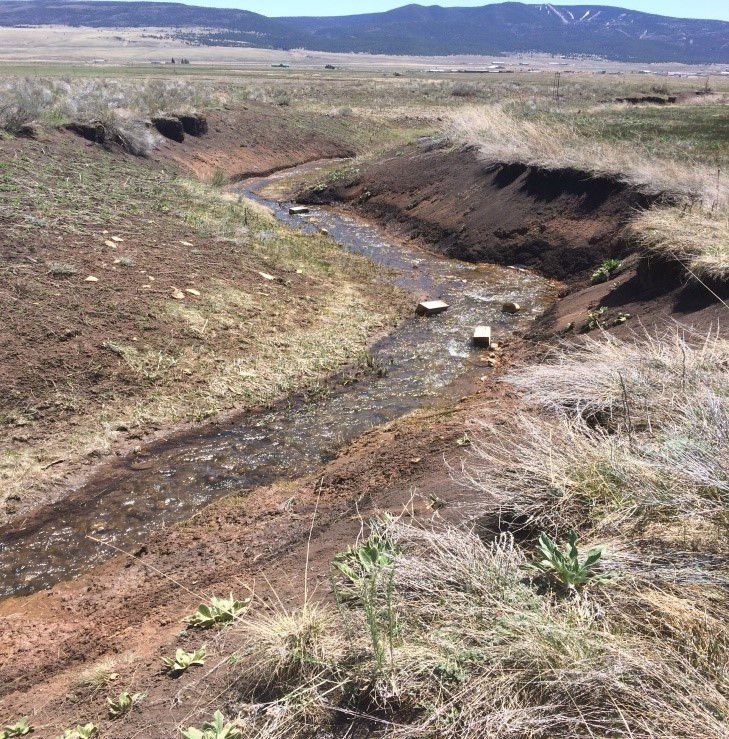
In 2016-2018 he started out with 35 stockers (weighing approximately 600#). He grazed them for 3.5 months which is equal to 2,205 Animal Days (determined by 35 X .6=21 Standard Animal Units X 105 days)
By 2021 he was running 65 pairs for 10,584 Animal Days (65 X 1.5=98 SAU X 105 days) for a 380% increase since 2016.
In 2023 he had 219 SAU X 60 days for 13,140 Animal Days + 164 SAU X 30 days for 4,920 Animal Days for a total of 18,060 Animal Days, which is a 700% carrying capacity increase since 2016.
How did Shawn do it?
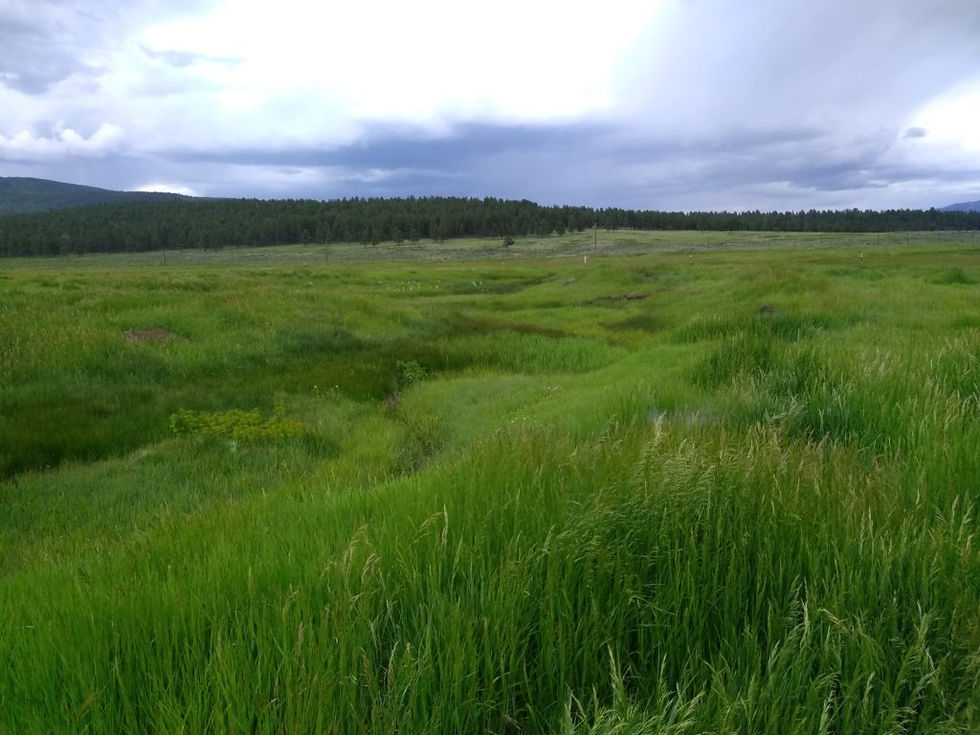
There was definitely some elbow grease, planning, and relationship building involved, but Shawn says he has the management pretty dialed in these days with minimal fence repair and some nice walks every day (sometimes 2-3 times a day) to check on the cattle and move them during their 3.5-month time at the Lazy M Ranch. He reckons it takes him 45 minutes a day for moving fence and water.
But to get to that level of forage production, he had to put in a perimeter fence to keep the elk out and invest in some permanent perimeter electric wire and temporary wire for keeping the animals bunched and some portable water troughs and above ground waterline for watering the animals during the summer.
What might be the return on those initial investments (ROI)?
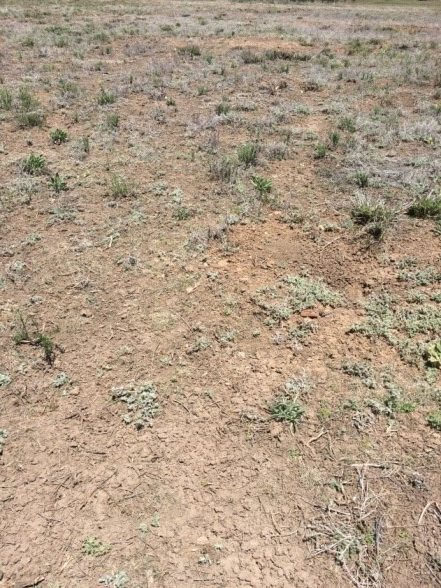
If you are contract grazing the cattle, you might earn $20 AUM or $70/animal for the 3.5 months of grazing. With 200 head (SAU) that would equal $14,000, which at 105 hours of work is $133/hour.
Additionally, there is the value of keeping the agricultural exemption for property taxes on your land if you are currently not running any of your own animals. While you could hire someone else to do the moving and fence repair for $2,500 for the season, Shawn notes that you would want to still go out and pay attention to what the land is telling you and the condition of the animals to determine paddock moves and recovery periods.
Shawn’s stock density varies depending on if he is out of town for the week and he gives them a larger paddock or depending on the forage quality and quantity. He might move them as much as 2-3 times a day to see what kind of response he gets. He has a total of 14 paddocks that he can subdivide.
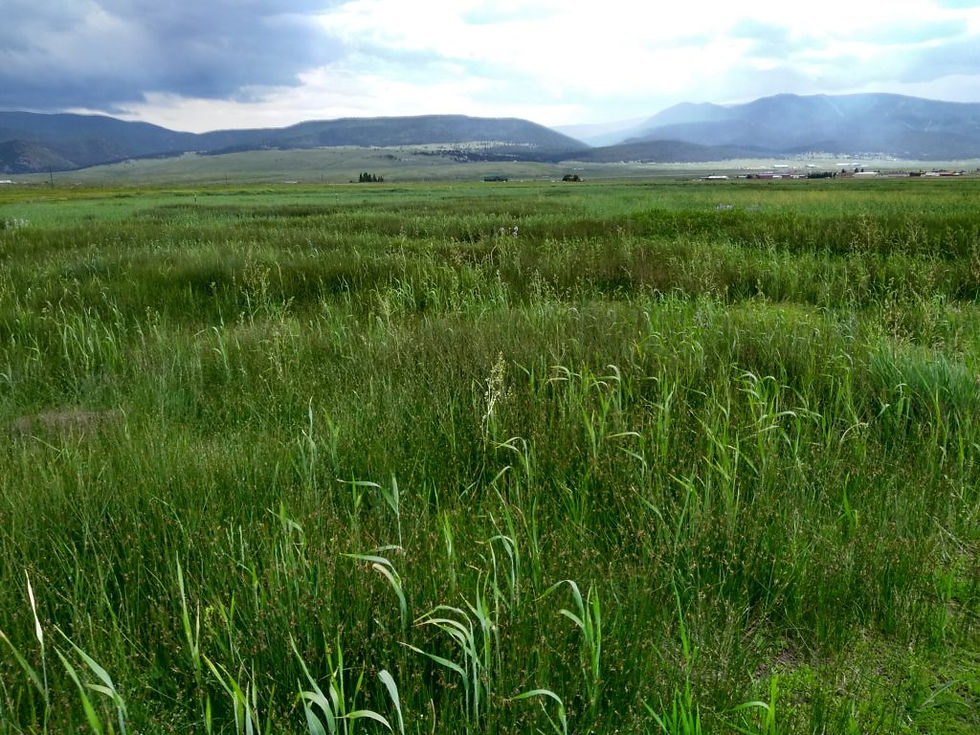
“I usually give a 6-month recovery period,” says Shawn. “Anytime past September you are done growing anything and you are just starting to get green growth the beginning of May which means you can’t graze until late June. I might occasionally get a second graze in a couple of paddocks that I had planted to alfalfa cover crops before, but usually it’s only one graze.
“I’ve seen a lot tighter plant spacing since we’ve been grazing the cattle this way. There are a lot more native grasses in the better meadows and the whole ranch now has cover. I have a lot of thistles which I think would make a great cover crop! It’s a great forage and the cattle eat it even when it is 6-feet tall. The cattle love it and it is good protein. Meadow brome is still dominant, but we are getting other grasses. The cows self-medicate on all kinds of plants, including a lot of forbs.
“When the cattle come, the rancher never provides additional protein, even when the grass is lignified. He has been culling animals that don’t do well in this type of grazing system so his herd genetics have improved.”
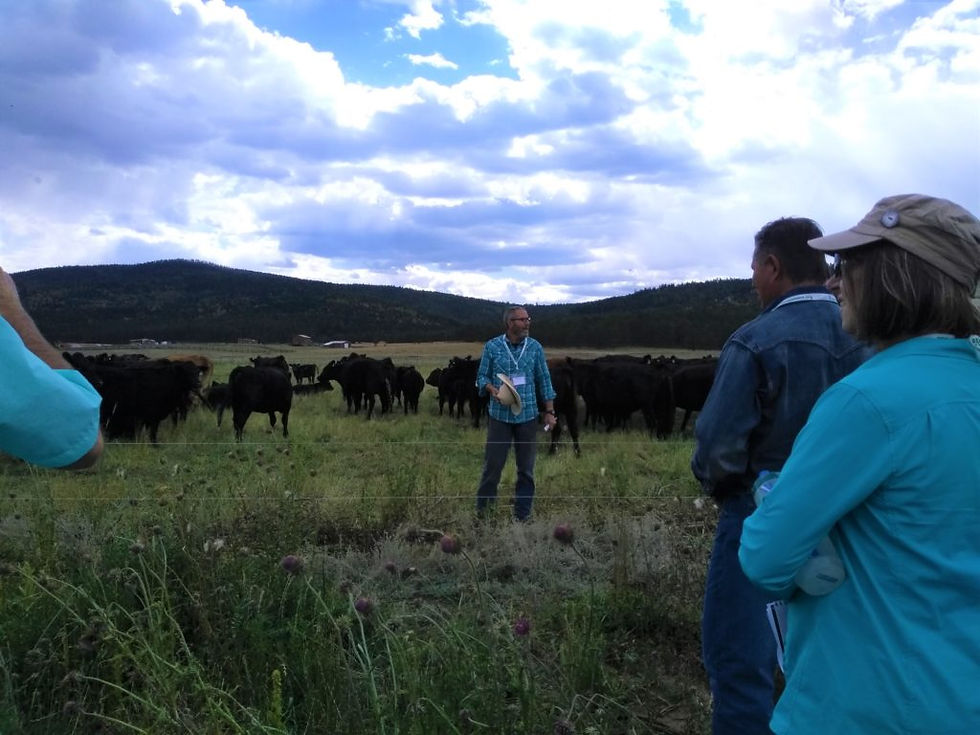
Regenerating Uplands
Shawn is still experimenting with how to get the upland portions of the property to be more productive now that he has dialed in the lower and flatter portions of the property that were the most productive part of the landscape. “Where there has been rabbit brush on the hills, I’m seeing the spaces filling in with forbs that the cattle like. Now I want to experiment with that hillier part by roughing it up with a disc. First, I’ll use a brush hog to mow down the chamisa and then take an old disc to soften up the hard pack.
“There is a lot of rock. I’ll try that on about 50-60 acres. I’m also going to use a seed drill to drill a mix of yellow clover, alsike and alfalfa. I’ll eyeball for contour and disc on contour as much as possible to get more water infiltration. With the disc straight up and down you don’t get too much penetration because the ground is too hard. I’m going to angle it slightly to be able to rough the surface. I want to do it before the monsoons come in the beginning of July.
“I started out with the cover crops as a tool, but I’m working toward a perennial base that I maintain with the cattle. The only way to make a profit is to cut costs. I’ve learned how to use the cattle, fencing, and time to create that low-cost system instead of throwing money at the problem. People have to know where are they trying to get to in order to get their systems set up right.”
Getting Some Holistic Help
Shawn knew that he wanted his ranch to be a regenerative agriculture experiment where he would learn how to regenerate bare ground on the area between the main ranch road, bring back native grasses, increase the productivity of the land, and only have someone else’s animals on the land during the time that made the most sense for the health of the land.
In 2016 Shawn reached out to HMI for some help in developing his grazing strategy. Because the land was so badly degraded with either bare ground or unpalatable forage, Shawn didn’t believe HMI staff when he was told that with proper care the land would return to productivity. “I couldn’t believe that bare ground would ever grow grass again," says Shawn. "And it did take some time. I’ve had to learn patience working with the land.”
It also took paying for some hay that first year to give the cattle something to eat while they worked their magic of breaking soil capping and fertilizing the land in tight bunches (usually about ½ an acre/day). It also took some real recovery time. He sometimes doesn’t let cattle come until September so the grasses can really establish some roots.
But with these investments, Shawn has indeed regenerated his landscape and he is happy with the increased productivity on the original area he focused his investments. He’s now ready to tackle the uplands and see what he can accomplish there. Shawn already has the relationship established with his rancher partner who understands Shawn’s desire to focus on land health first and the herd genetics to make use of the New Mexico forage. Shawn is now well-positioned to use these cattle even more effectively as a tool for regenerating the ranch uplands and expand his knowledge of how to use the tools of technology, grazing, animal impact, and recovery to see what kind of carrying capacity he can achieve next.
If you want to learn more about how Shawn has been able to regenerate land in the high desert, sign up for our Holistic Solutions for Arid Lands Workshop.



